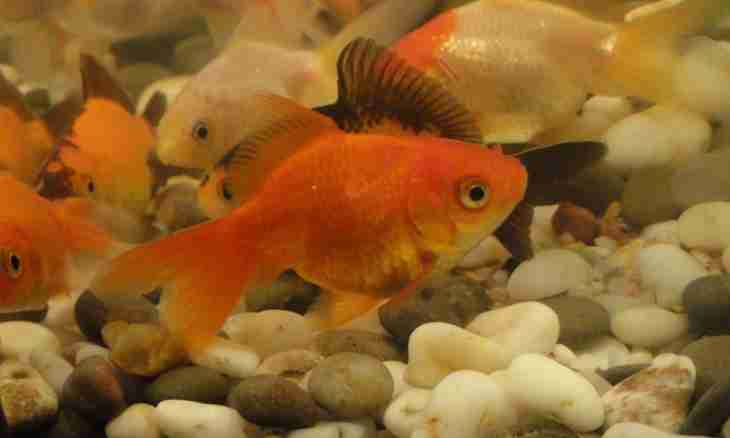There is a wrong opinion that goldfishes are simple in leaving. Actually they are very exacting, and at their cultivation there is a set of nuances. But, having learned to overcome difficulties, most of owners think of reproduction of the aquarian pets. If at many species of aquarian fishes it is quite simple to distinguish a female from a male (on coloring, the size), then with goldfishes the situation is different.
It is required to you
- Aquarium, goldfishes, magnifying glass
Instruction
1. Goldfishes become mature by two years though it depends on full value and a variety of a diet and conditions in which they contain. At the same time very important role is played by aquarium volume - on one goldfish not less than 40 liters are necessary, and all ""the glass house"" has to be not less than 100 liters. In small volumes of a small fish develop badly, become kind of ""tightened"" and incapable of spawning. In ideal conditions there were cases and earlier puberty - by one and a half years, at the same time the diet was saturated with proteins. Therefore, before this age even the skilled owner will not be able to distinguish a male and a female.
2. When small fishes become ready to reproduction, the first differences of a male from a female begin to be shown. The body of a female takes rounded shape, there is a small spherical tummy whereas a male more lean.
3. On front pair fins of a male there are characteristic jags which on appearance remind small teeth of a saw. It is the main sign on which it is possible to distinguish a male from a female even not during the marriage period.
4. From the beginning of spring at mature goldfishes the courting period begins. At this time the male considerably differs from a female in the behavior. He behaves very actively, violently looks after the girlfriend, pursuing her on all aquarium.
5. One more main sign of a male it is possible to call emergence during the spawning period of white hillocks on the head and branchiate covers. These hillocks can sometimes be also on front fins. The same symptoms can arise at a serious disease of aquarian fishes - an ikhtioftirioza. On fins of fishes the hillocks similar to semolina appear. It is important not to confuse spawning signs of a male with this disease.

